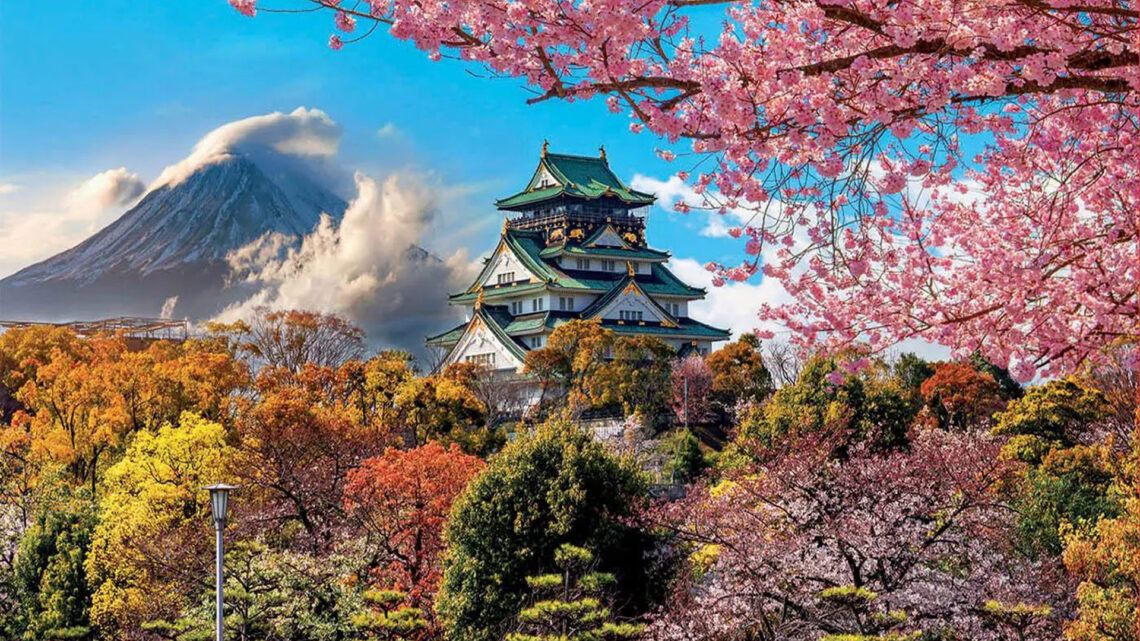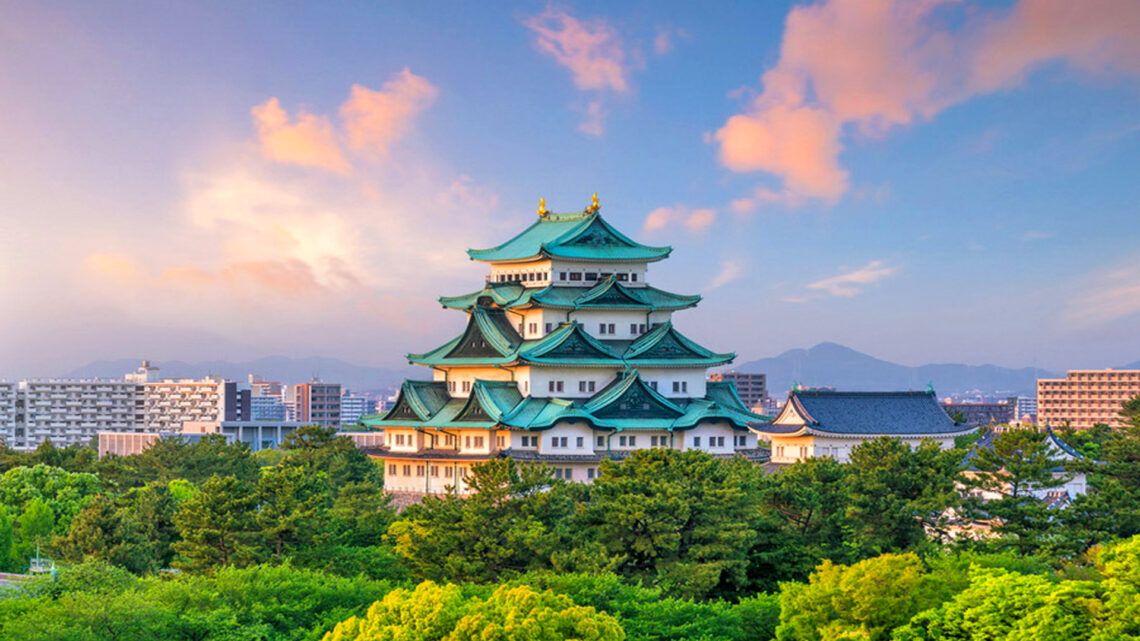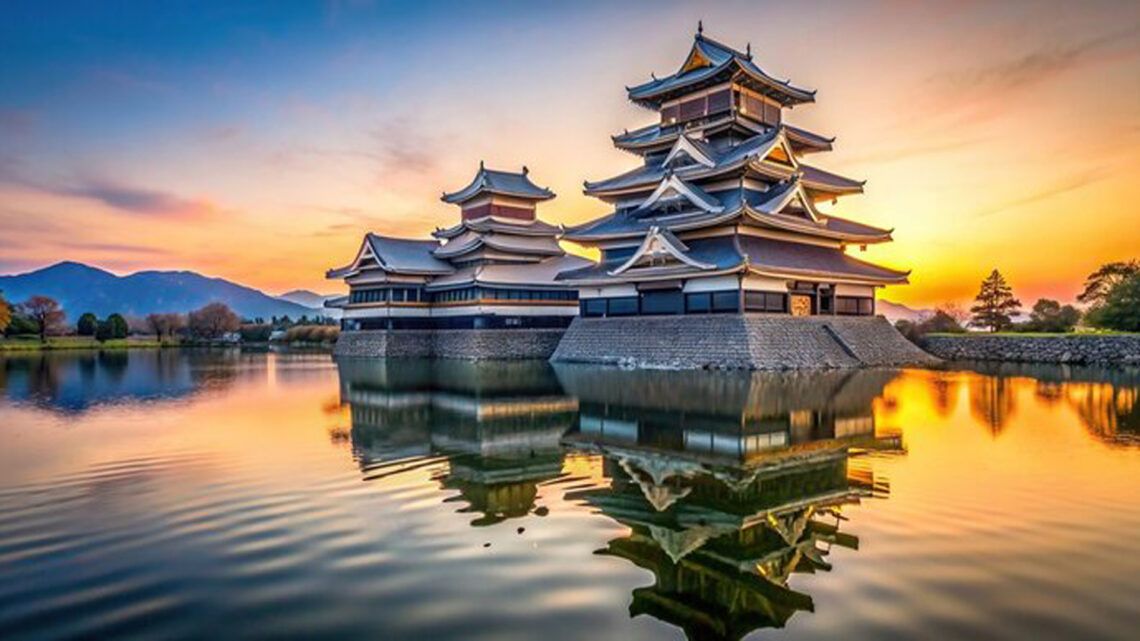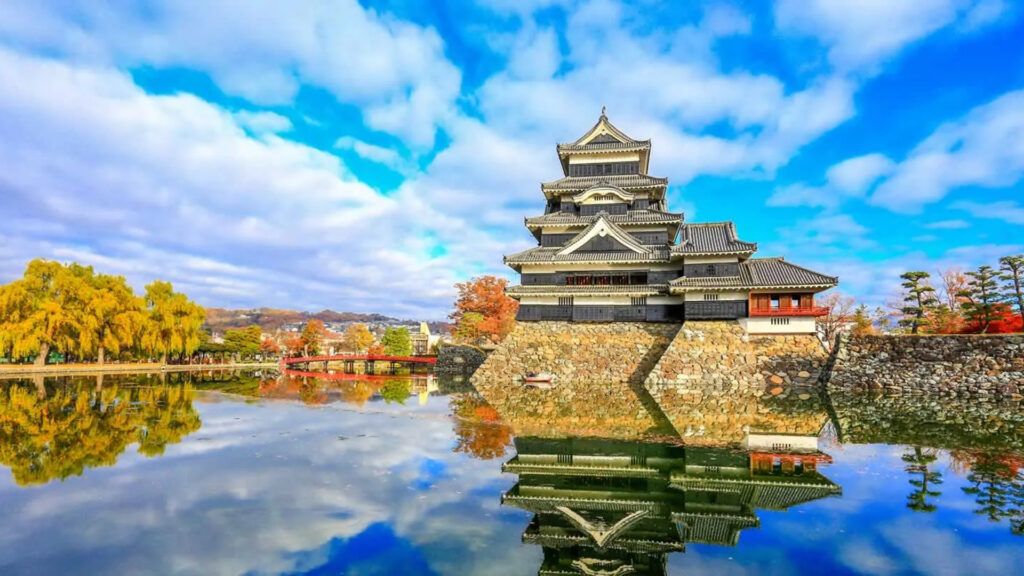
One of Japan’s most impressive and historically significant structures, Kumamoto Castle is a symbol of the country’s rich culture and history. Located in the city of Kumamoto on the southern island of Kyushu, it attracts millions of tourists and history buffs from all over the world every year. This castle has a special place not only for its strategic architecture but also for its role in Japanese history.
Construction of Kumamoto Castle began in 1601 under the direction of Kato Kiyomasa, one of the most influential feudal lords of the Azuchi-Momoyama and early Edo periods. It took seven years for the imposing fortress to be completed in 1607. The castle was strategically built on a hill to ensure optimal defense against enemy attacks.
Kato Kiyomasa was known for his expertise in fortress construction, and Kumamoto Castle is a prime example of his skills. With over 800 cherry trees adorning the grounds, the castle was designed not only as a military fortress but also as a cultural center.
Kumamoto Castle is a masterpiece of Japanese architecture. It is famous for its sturdy stone walls, called “Musha-gaeshi,” which were specifically designed to ward off attackers. The walls slope slightly outward at the base and become steeper toward the top, making climbing nearly impossible.
Another notable feature of the castle is the black wood panels and slate-covered roofs, which give the structure an imposing yet elegant appearance. The main building, the Tenshu, consists of two towers, the larger of which is 30 meters high.
In addition to the main building, there are numerous outbuildings, including towers, gates and fortifications, which made the castle one of the most well-secured fortresses of the Edo period. The interiors are equally impressive and are a testament to the artistry of the craftsmen of the time. The tatami mats, sliding doors and detailed decorations reflect the aesthetics of the period.
The castle’s importance in history
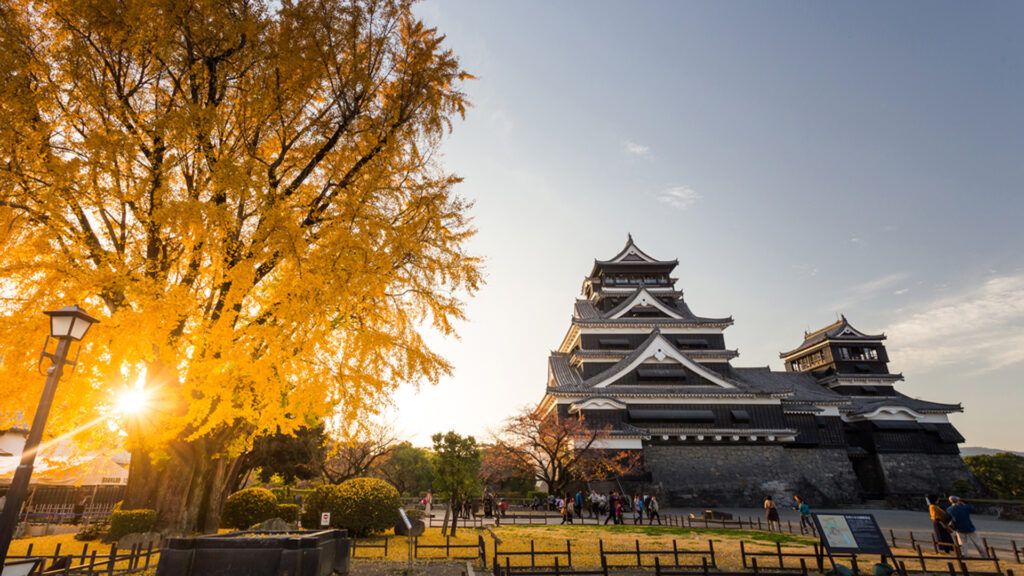
Kumamoto Castle played a crucial role in Japanese history, particularly during the Satsuma Rebellion in 1877. This rebellion, led by Saigo Takamori, a prominent samurai, was one of the last major armed uprisings against the Meiji government. During the rebellion, the garrison of Kumamoto Castle withstood a 50-day siege, proving the fortress’s strength and strategic importance.
Although much of the castle was burned down during the rebellion, the impressive stone walls and some buildings remained intact. Reconstruction began in the early 20th century, and work continues to this day to preserve the castle in its original glory.
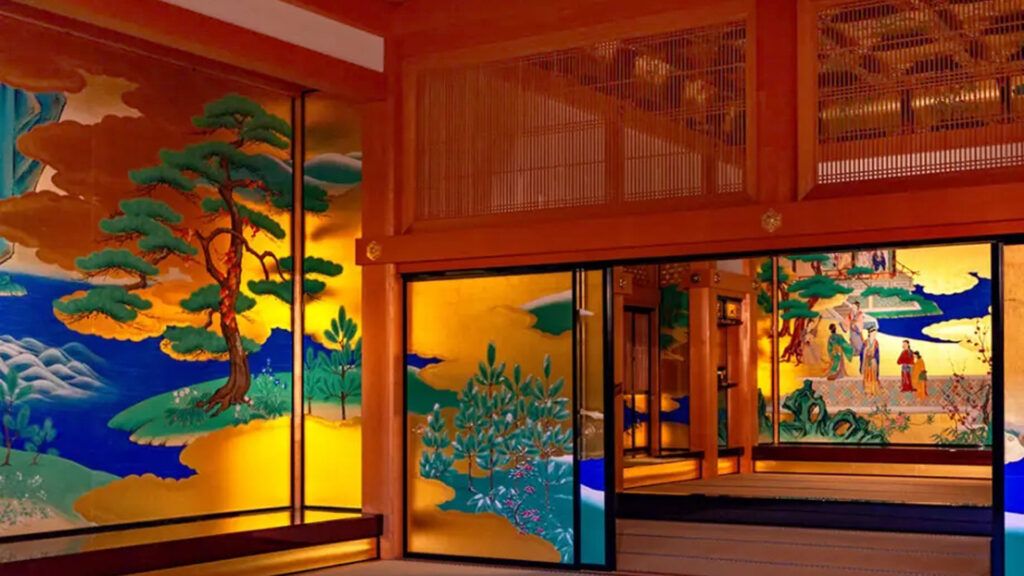
Construction of Kumamoto Castle began in 1601 under the direction of Kato Kiyomasa, one of the most influential feudal lords of the Azuchi-Momoyama and early Edo periods. It took seven years for the imposing fortress to be completed in 1607. The castle was strategically built on a hill to ensure optimal defense against enemy attacks.
Kato Kiyomasa was known for his expertise in fortress construction, and Kumamoto Castle is a prime example of his skills. With over 800 cherry trees adorning the grounds, the castle was designed not only as a military fortress but also as a cultural center.
Kumamoto Castle is a masterpiece of Japanese architecture. It is famous for its sturdy stone walls, called “Musha-gaeshi,” which were specially designed to ward off attackers. The walls slope slightly outward at the base and become steeper towards the top, making climbing nearly impossible.
Another notable feature of the castle is the black wood panels and slate-covered roofs, which give the structure an imposing yet elegant appearance. The main building, the Tenshu, consists of two towers, the larger of which is 30 meters high.
In addition to the main building, there are numerous outbuildings, including towers, gates, and fortifications, which made the castle one of the most well-secured fortresses of the Edo period. The interiors are equally impressive and are a testament to the artistry of the craftsmen of the time. The tatami mats, sliding doors and detailed decorations reflect the aesthetics of the time.
Things to do in and around Kumamoto

The region surrounding Kumamoto Castle offers numerous activities for visitors who want to experience history, culture, and nature. Here are some of the highlights:
Visit the Castle Museum: The museum within the castle offers deep insights into the region’s history, with exhibits on samurai culture, the Edo period, and the post-earthquake restoration work.
Stroll around the castle park: The extensive gardens surrounding the castle are perfect for relaxing strolls. Especially during cherry blossom season, the park is a popular place for hanami, the traditional viewing of the blossoms.
Exploring downtown Kumamoto: Close to the castle is the historic Sakura-no-baba Josaien district, where visitors can discover traditional crafts, local food, and souvenirs.
Suizenji-Jojuen Garden: This beautiful Japanese landscape garden, just a few kilometers from the castle, is another highlight. With its pond, replica of Mount Fuji, and traditional teahouses, it offers an oasis of calm.
Volcano hikes on Mount Aso: A short drive from Kumamoto is the active volcano Mount Aso. Visitors can explore the impressive landscape and tour the crater.
Culinary experiences: Kumamoto is famous for its local cuisine, including tender horse meat sashimi (basashi), Kumamoto ramen, and senbei rice crackers.
Hot springs (onsen): The region has numerous onsen where visitors can relax in hot thermal baths. Kurokawa Onsen, a picturesque hot spring village, is particularly recommended.
Much more than just a historical landmark, Kumamoto Castle is a testament to Japan’s engineering prowess, cultural depth and resilience. For anyone interested in history, architecture or simply the beauty of Japan, a visit to this impressive structure is an absolute must. With its rich stories and majestic presence, Kumamoto Castle remains a source of inspiration and a proud landmark of Kumamoto. The diverse activities in the area make the region an ideal destination for adventurers and culture buffs alike.
Accommodation in Kumamoto
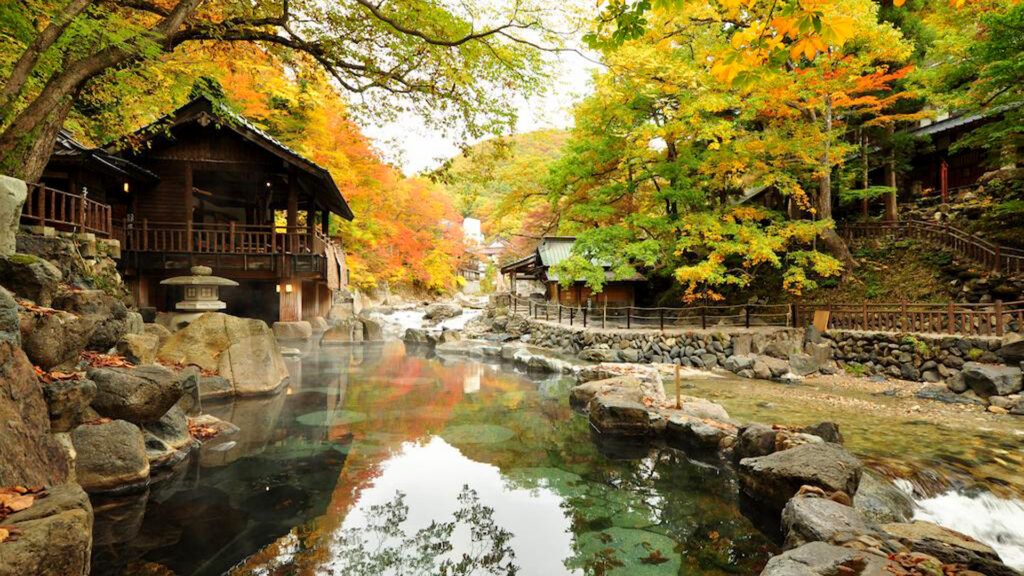
Those looking to visit Kumamoto Castle and its surroundings will find a wide range of accommodation options to suit different needs and budgets. Here are some recommendations:
The New Hotel Kumamoto: Located near the main train station, this modern hotel offers comfortable rooms, an on-site restaurant, and easy access to attractions such as Kumamoto Castle.
Hotel Nikko Kumamoto: Located in the heart of the city, this luxurious hotel offers spacious rooms with panoramic views, first-class service, and walking distance to the castle.
Dormy Inn Kumamoto: This affordable option is ideal for travelers looking for good value for money. The hotel features a public bath (onsen) and a rich breakfast buffet.
Ryokans in the area: For an authentic Japanese experience, visitors can stay in a traditional ryokan. These inns often offer tatami rooms, traditional meals, and onsen baths.
Kurokawa Onsen Accommodations: Just a short drive from Kumamoto, this hot spring village offers unique accommodations perfect for a relaxing retreat.
The most famous ryokan are probably:
Ryokan Sanga: Located near Kurokawa Onsen, this charming ryokan offers an idyllic setting surrounded by nature. Guests can enjoy traditional tatami-mat rooms and relax in private onsen baths.
Hozantei Ryokan: Known for its secluded location and excellent service, this ryokan offers an authentic Japanese experience. The onsen baths are surrounded by lush nature, creating a relaxing atmosphere.
Yamamizuki Ryokan: With its beautiful open-air onsen along a clear river, this ryokan offers a perfect blend of comfort and nature. It is ideal for travelers seeking peace and quiet.
Much more than just a historical landmark, Kumamoto Castle is a testament to Japan’s engineering prowess, cultural depth and resilience. For anyone interested in history, architecture or simply the beauty of Japan, a visit to this impressive structure is an absolute must. With its rich stories and majestic presence, Kumamoto Castle remains a source of inspiration and a proud landmark of Kumamoto. The diverse activities in the area and wide range of accommodation options make the region an ideal destination for adventurers, culture vultures and relaxation seekers alike.
My personal conclusion

Today, Kumamoto Castle is one of Japan’s most popular tourist attractions. It has undergone extensive restoration, using modern technology to preserve the historical integrity of the structure. The complex includes a museum where visitors can learn more about the history and significance of the castle.
The cherry blossom season in spring is particularly impressive, when the many trees are in full bloom and transform the castle into a picturesque setting. Nighttime illuminations also make the castle a sight to behold.
Kumamoto Castle suffered significant damage from the devastating earthquake in 2016. Parts of the stone walls collapsed and some buildings were badly damaged. Since then, extensive reconstruction and restoration work has been underway, which will span several decades. Despite the damage, the castle remains a symbol of the region’s unbroken spirit.
The restoration work offers a unique opportunity to combine traditional building techniques with modern methods. This not only allows for the restoration of historical splendor, but also provides long-term security against future natural disasters.
Much more than just a historical landmark, Kumamoto Castle is a testament to Japan’s engineering prowess, cultural depth, and resilience. For anyone interested in history, architecture, or simply the beauty of Japan, a visit to this impressive structure is an absolute must. With its rich stories and majestic presence, Kumamoto Castle remains a source of inspiration and a proud landmark of Kumamoto.

